Anyone who had drinking water that came from a water filter, such as a reverse osmosis system, can tell you that the water tastes quite different from non-filtered drinking water.
But why does it taste that different? And what could cause reverse osmosis water to taste bad or unusual?
In this post, we discuss factors that affect the taste of reverse osmosis water and possible fixes.
Table of Contents
- What does RO water actually taste like?
- When RO water tastes metallic
- When RO water tastes salty (or bitter)
- When RO water tastes bad, like rotten eggs
- When RO water tastes bad after changing filters
- When RO water tastes like regular tap water
- Background info: What does water taste like?
- Test the quality of your water
What does RO water actually taste like?
Most people will describe reverse osmosis water as slightly acidic and flat – or as having almost no taste. The reason for this is the lack of minerals in the water. Since the water is put through a semipermeable membrane, it also filters out minerals that naturally occur in drinking water.
But some find their filtered water tasting such as metallic, sour, or salty. Let’s find out, why this could happen.
Read our troubleshooting guide for the most common RO problems
When RO water tastes metallic
People who have a working reverse osmosis system in their home will never experience a metallic taste. While a reverse osmosis system does provide RO water with a slight acidic taste, it is far from metallic.
If you have a reverse osmosis system already, and you are getting RO water with a metallic taste, then you might have to execute a water test. Reverse osmosis for drinking water should eliminate a metallic taste, so it is a sign that your system might not be balanced properly. More specifically, it could mean your RO water has a low PH.
To counter this particular problem, you can replace your filter or choosing a RO system that reintroduces certain minerals during the filtering process, which can in turn benefit the PH. So, be sure to consider RO systems that have the ability to do this.
When RO water tastes salty (or bitter)
When you notice some sour or salty tastes when drinking reverse osmosis water, it is a clear sign that your RO water contains increased levels of carbon dioxide. Contrary to the previous issue, this means that the PH value of your water is too high.
Chemicals, pollutants, minerals, and any other contaminants interacting with the feed water supply could be the reason for the water’s imbalance. A sudden change of the pH of feed water could be an indicator for contamination. It’s recommended to test the water quality to ensure it’s still safe to drink.
If the feed water is normal, check your reverse osmosis systems for malfunctions or worn-out filters.
Learn more: What is the pH of RO water?
When RO water tastes bad, like rotten eggs
Obviously, the rotten egg taste is the worst one to have. While they are rare with RO systems or any other filtration system for tap water, that does not mean they cannot occur.
Rotten egg taste is a clear sign of an issue with your RO system. In fact, it means your water contains high levels of sulfur. When there are high quantities of sulfur in your water, your reverse osmosis filter has a damaged membrane or filter.
To resolve the problem, replace the filter first. However, if the issue persists, you may have to replace your reverse osmosis system.
Also read: What to do when your shower water smells like rotten eggs
When RO water tastes bad after changing filters
When you change filters, you would expect the reverse osmosis water taste to improve after, don’t you? However, the opposite could happen. The new filter cartridge could contain lose carbon fibers, manufacturing residues and entrapped stale air, which is washed out during the filtration process and affects the taste.
That’s why you should run two tank fills after changing filters and dump the water (or use it for something else), before you actually drink it. Some manufacturers recommend a sanitizing step after changing filters, following a certain procedure.
After the contaminants have washed out of the filter, the water should be fine and “tasteless”. If the bad taste remains, however, you maybe failed to install the filter cartridge properly or broke something during installation. Please then inspect your reverse osmosis system to find possible errors.
Also read: What to do when your water smells like bleach
When RO water tastes like regular tap water
Is reverse osmosis water tasting exactly like regular tap water? If so, it means that there is an issue with your system as well. It is an indicator that impurities are not being filtered out.
In most cases, it means the RO membrane has ruptured or is damaged. Therefore, you may need to replace the membrane to resolve the issue.
Background info: What does water taste like?
Scientists described water as “tasteless” for a very long time. But is this really the case? The short answer to the question is no because water can contain compounds that make the water have a particular taste. We briefly touched upon this subject earlier, but here is a quick summary to explain why water can taste a certain way.
Chlorine
This is quite a common taste to have in water, mainly because your local water supplier uses chlorine as a disinfectant in drinking water. It is used in small amounts to make drinking water safe. However, the closer you live to the water supply, the stronger that chlorine taste will be.
Also read: Can reverse osmosis remove chlorine?
Bitter
A bitter taste is another common occurrence for your regular water. Bitterness is usually caused by copper in the water. This copper comes from copper plumbing, which brings the water to your home. It is really that simple.
Another potential cause of a bitter taste in water is a higher level of zinc. These can cause problems such as nausea. So, people who live in areas where there are high levels of zinc often filter their water to avoid this health issue.
Salty
This particular taste is associated with another taste we already mentioned, more specifically chlorine. Chlorine is actually naturally present in water before it gets added to the water supply. Nevertheless, this compound is added for disinfecting purposes as well, this makes the water safe to drink as it passes through the plumbing system. Higher levels of chlorine can give water a salty taste.
Another, more worrying cause of salty water is sewage ending up in the drinking supply. Obviously, this does not happen often, but high salt levels can be a serious water sign. The sodium could come from human and animal waste, which contains higher levels of sodium and chloride. So, if your water tastes too salty, it might be best to avoid drinking it and getting in touch with your local water supplier for some reassurance.
Also read: Can reverse osmosis remove chlorine from water?
Wet dog
While this is one of the more unpleasant tastes, it is also remarkably common. The so-called wet dog taste can be caused by a combination of metal plumbing, chemical treatments and organic compounds in the groundwater. While it is typically safe to drink, this is a taste you need to get your water tested for.
Test the quality of your water
Many people will find that the taste of their water can change considerably depending on the compounds that are naturally present in their groundwater. Evidently, this is why many people prefer to use water filters, so they have an alternative to bottled water without having to spend too much money over a longer period of time.
The most suitable water filter for your needs will be subject to the condition of the groundwater in your area. If you have weird tasting water caused by copper in your plumbing, then you should seek a filter that removes copper from water. On the other hand, if volcanic organic compounds are present in the water, a RO system will be the best filter for your needs.
To determine what the problem is with your drinking water, it is always best to do a test yourself. While you can find some general information from your local water supplier, you will find the test you can execute at home a lot more thorough than any general information you can find online.
17 in 1 Premium Drinking Water Test Kit
100 Strips + 2 Bacteria Tests – Home Water Quality Test – Well and Tap Water – Easy Testing for Lead, Bacteria, Hardness, Fluoride, pH, Iron, Copper and more!
[amazon-button link=”https://www.amazon.com/Premium-Drinking-Water-Test-Kit/dp/B0837Z5PBJ?crid=2BA4E0Y0OIPP7&keywords=water+test+kit&qid=1654180626&sprefix=water+test+kit%2Caps%2C171&sr=8-1-spons&psc=1&spLa=ZW5jcnlwdGVkUXVhbGlmaWVyPUFQUzcyVURVQzZVS0MmZW5jcnlwdGVkSWQ9QTA5MzM3MTFCWkdVVFRRMkFOMUomZW5jcnlwdGVkQWRJZD1BMDc5NTY3NjNTVEtTN1QzVzdXVTEmd2lkZ2V0TmFtZT1zcF9hdGYmYWN0aW9uPWNsaWNrUmVkaXJlY3QmZG9Ob3RMb2dDbGljaz10cnVl&linkCode=ll1&tag=susmdaily-20&linkId=0dd767f6ba64ae8739f05fabe1dbd446&language=en_US&ref_=as_li_ss_tl”]
But where do you buy these tests? Well, they are easily available online. You can find tests that will look for the most common compounds in your water supply, but you also have dedicated tests for substances such as herbicides and pesticides.
Tasting water and determining the overpowering taste can help you narrow down the most likely culprits and find the appropriate test to match. Getting clean and lovely tasting water is really that simple.



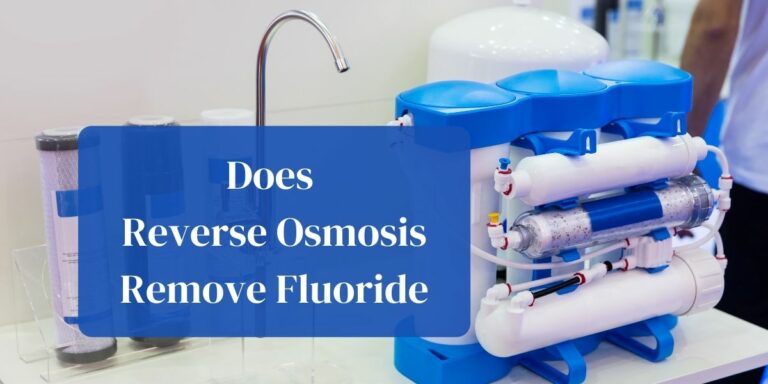
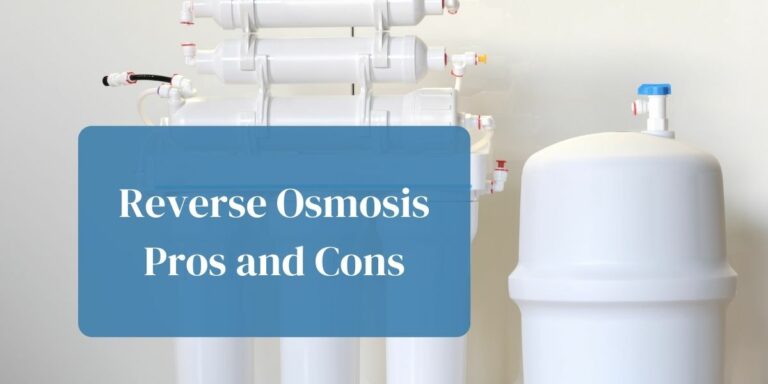
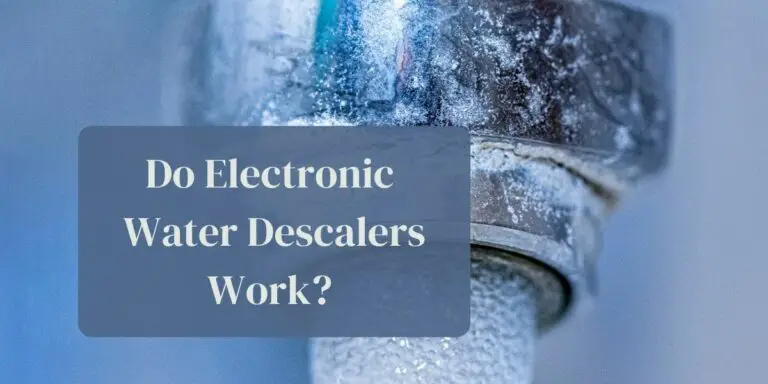
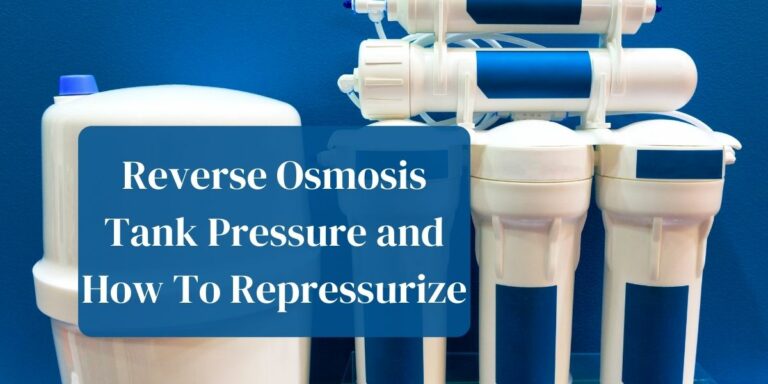
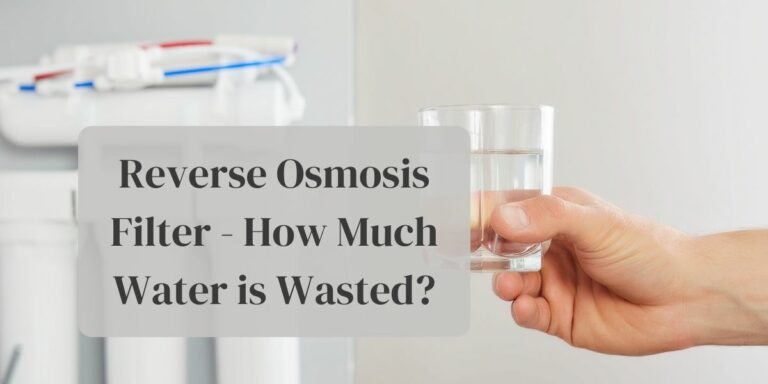
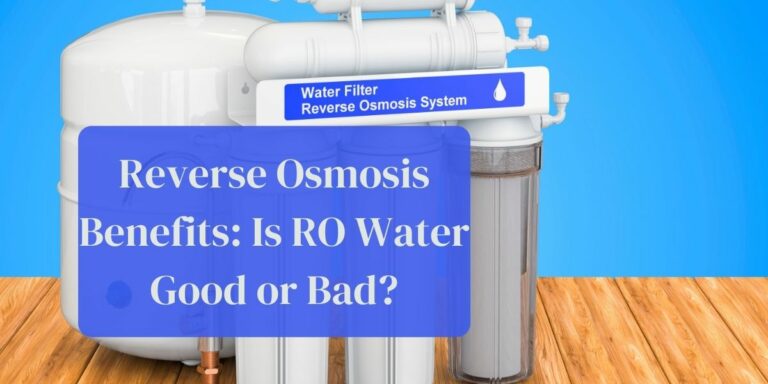

Not sure if I got the water flow correctly when I replaced my 5 filters. How can I make sure the flow is right?